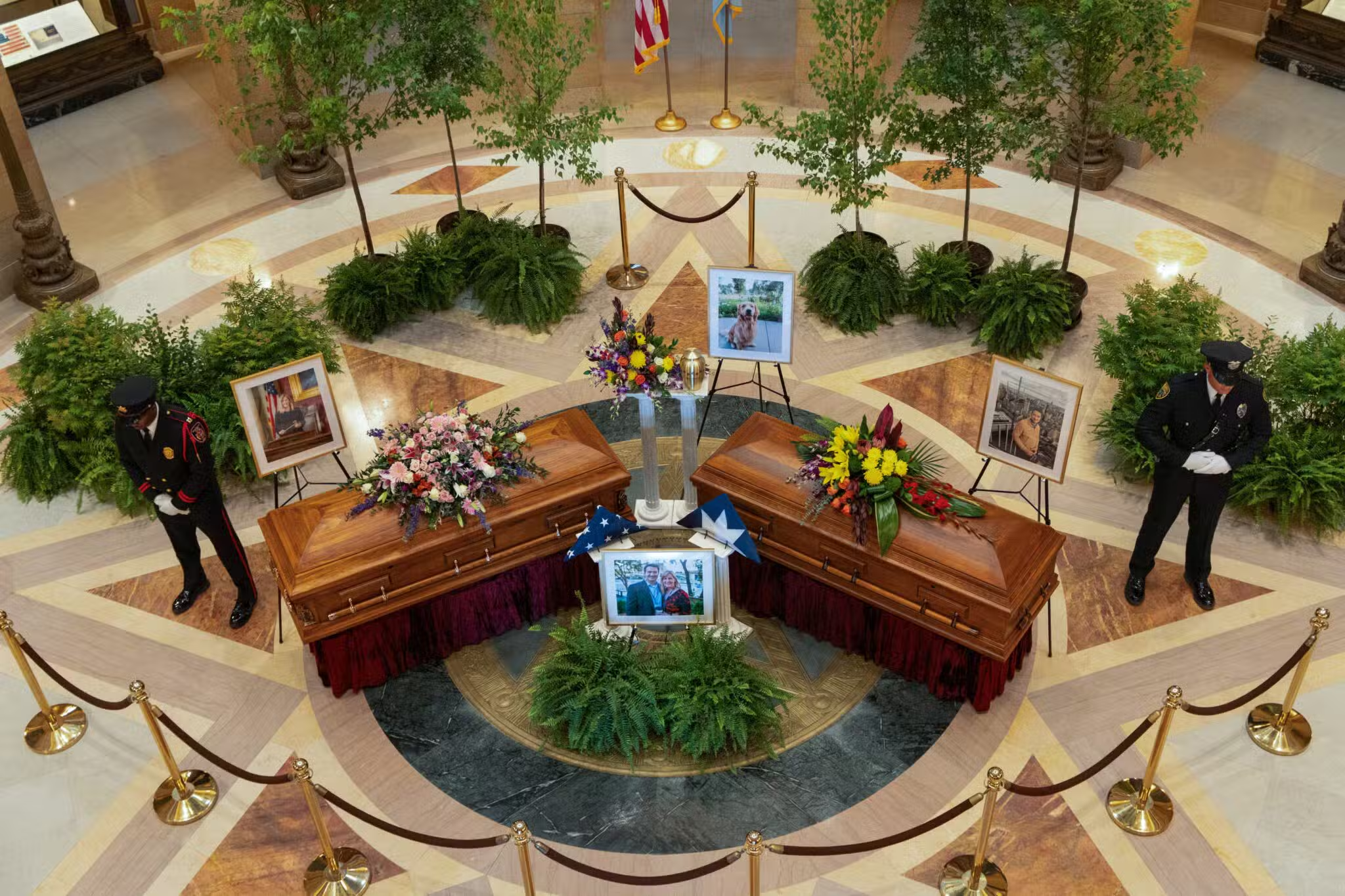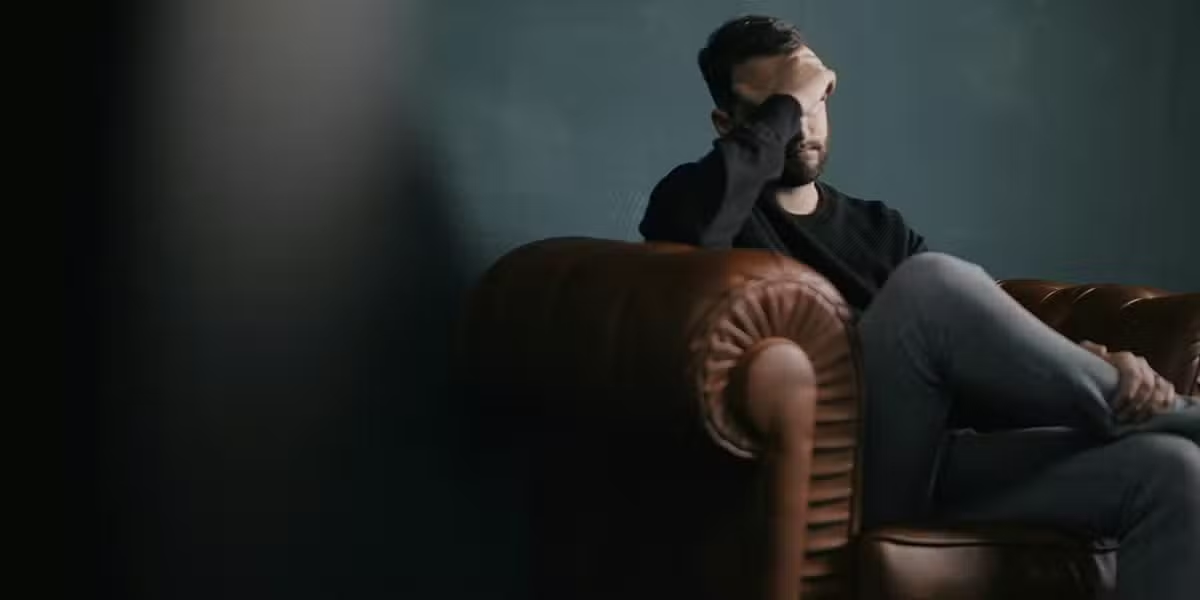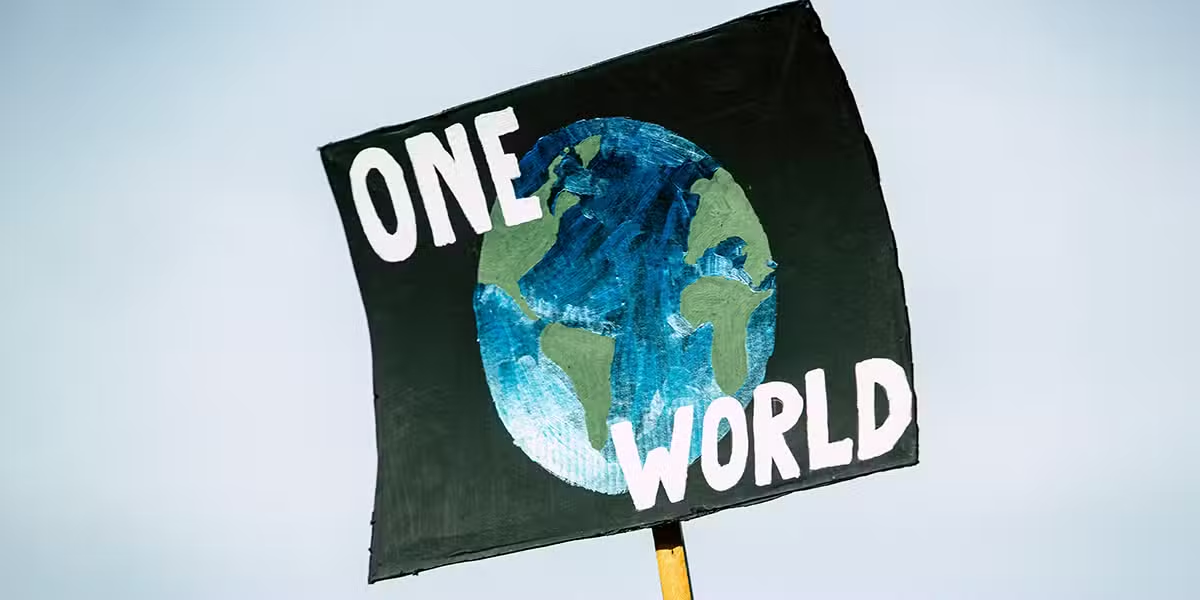Born November 26, 1858, in the United States | Died March 3, 1955, in the United States
Canonized October 1, 2000 | Feast Day: March 3
Katharine’s Radical Gift
St. Katharine Drexel was raised in a loving family that had plenty of money and philanthropic spirit. But when Katharine’s request for missionaries was answered by the suggestion that she become one herself, she discerned and gave a radical yes.
Katharine’s World
The changes in the United States during Katharine’s long life are breathtaking; consider that James Buchanan was president when she was born, and Dwight Eisenhower was in the White House when she died. The country went from thirty-two states to forty-eight; its population, from 31.4 million (including four million enslaved) to nearly 166 million. Transportation went from passenger train and horse and carriage to automobile and commercial air travel. Katharine’s life also spanned six papacies, from Pius IX to Pius XII.
Katharine’s Radical Path to Holiness
It seemed like a perfectly reasonable, spirit-filled request. Katharine came from a line of socially conscious philanthropists, one of the country’s wealthiest families. A trip with her two sisters to the western United States had illumined the need for missionaries to serve among Native American communities. Where better to take her request than to Pope Leo XIII?
“Yes” was the only answer Katharine expected at that January 1887 private audience in Rome.
But instead, Leo XIII asked why she didn’t become a missionary herself. (Leo XIII was a pope of memorable answers; later in 1887, he would tell fifteen-year-old Th.r.se of Lisieux to listen to the superiors when she begged him to get her into Carmel; almost exactly two years after the audience with Katharine, he would tell Frances Cabrini to take her ministry to the United States, not China.) Katharine left in tears, very confused.
The concept of being a missionary herself was not something that appealed to Katharine. Oh, she’d considered becoming a contemplative nun back in her teens, but everyone, including her spiritual director, advised against it. In abandoning the thought, she wrote in a moment of honest self-reflection that she didn’t know if she could live with the deprivations, including the lack of privacy, that religious life entailed.
And after all, she’d had a lifelong example of the difference laypeople could make in the world. Her banker father had served on numerous charity boards in Philadelphia before his death less than a year earlier, and a share of his multimillion-dollar estate had gone to charitable causes. Her beloved stepmother, who had died a painful death from cancer in 1883, had opened the family’s mansion on a regular basis to those in need, providing fuel, food, and clothing (and tutoring and Sunday school classes taught by the three Drexel girls).
The daughters had followed those examples as adults. But become a missionary herself? That fall Katharine and her sisters went to some Native American missions in what is now South Dakota, including one where Katharine was already funding a school. There they visited with her spiritual director and former pastor, Bishop James O’Connor, the region’s first bishop; Monsignor Joseph Stephan, Bureau of Catholic Indian Missions director; Chief Red Cloud, a Lakota Catholic; and other Lakota. The following year, they visited three reservations in the Northwest. The trips showed Katharine anew the peoples’ physical and spiritual needs.
The day she turned thirty—November 26, 1888—Katharine wrote her spiritual director to say she had made up her mind. Against his earlier advice, she would become a woman religious. Letters flew between them, with Bishop O’Connor urging her to form a community of missionary sisters. Finally, after a March 1889 retreat, she said yes.
In May 1889, Katharine became a postulant at a Sisters of Mercy convent in Pittsburgh. Two years later, she took her first vows. A year after that, she opened the first Sisters of the Blessed Sacrament convent in suburban Philadelphia, with a boarding school for African American children on the property. There was a bomb threat, but Katharine soldiered on. In the next thirty-seven years, she and the other Blessed Sacrament sisters continued to persevere despite arson, threats from the Ku Klux Klan, and more. They established missions and schools for Native American and African American children as well as Xavier University in New Orleans, the United States’ only historically black Catholic college.
In 1935, Katharine suffered a severe stroke, which precipitated her withdrawal from active ministry. She spent her final twenty years at the motherhouse. It’s estimated that her personal contributions to her community’s ministries totaled more than $500 million in today’s dollars.
Praying with Katharine
St. Katharine, you spent time discerning God’s will.
I ask for your help in finding the faith and courage to do the same.









4 thoughts on “Radical Saints: Katharine Drexel”
Pingback: Saint Katharine Drexel – Saint Gregory the Great Catholic Church
This was a beautiful synopsis of the life of Katharine Drexel. Thank you. I am so happy that I received this; a wonderful way to begin this day.
She was an amazing woman and I had the honor of working with one of the Sisters of the Blessed Sacrament in the late 80’s . Her name was Sr Bernadette. She too was an amazing woman taking care of the poor children in Camden NJ
ANd a nice way to end her feast day! thank you very much! Fr. Kevin KRAFT OP